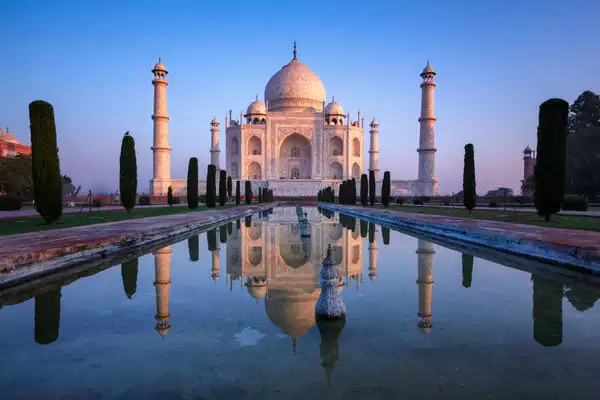New Delhi
Famous For
Culture
Special Attraction
Old Delhi and historical monuments
Best Time To Go
October – April
Peak Time
November – March
Delhi is a city that bridges two different worlds. Old Delhi, once the capital of Islamic India, is a labyrinth of narrow lanes lined with crumbling havelis and formidable mosques. In contrast, the imperial city of New Delhi created by the British Raj is composed of spacious, tree-lined avenues and imposing government buildings. Delhi has been the seat of power for several rulers and many empires for about a millennium. Many a times the city was built, destroyed and then rebuilt here. Interestingly, a number of Delhi’s rulers played a dual role, first as destroyers and then as creators.
Seat of empires
Tours to New Delhi & Beyond
Things To Do
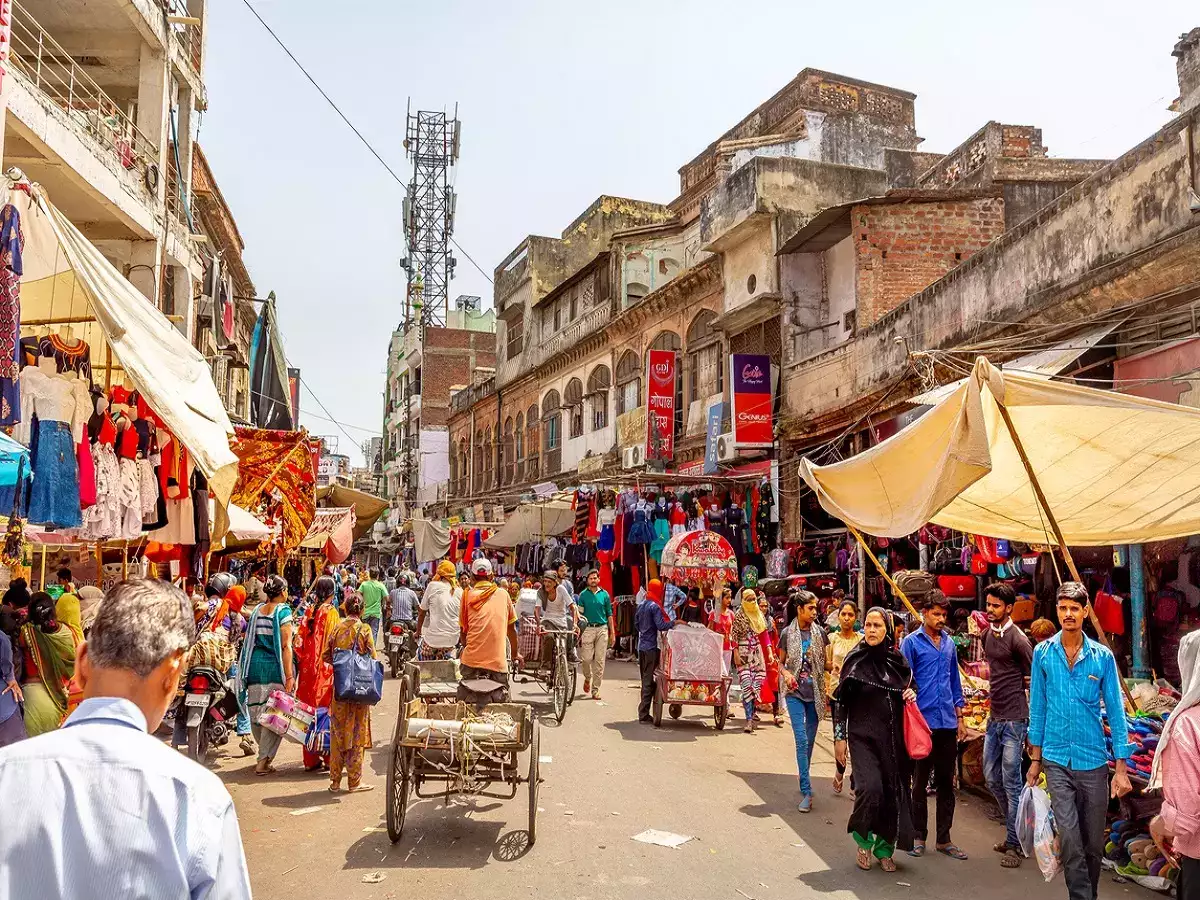
Old Delhi
Old Delhi, the historic heart of India’s capital, is a vibrant mix of culture, tradition, and architectural splendour. Established in the 17th century by Mughal Emperor Shah Jahan, it served as the capital of the Mughal Empire and remains a bustling hub of activity. The Old Delhi tour will take you on a fascinating journey filled with unexpected sights and ancient surprises. Prepare to have your senses awakened as you navigate the vibrant bazaars of Chandni Chowk, where you can shop for ancient artefacts and jewellery. Within Old Delhi, you’ll witness the grandeur of Jama Masjid, India’s largest mosque, and the iconic Red Fort, both architectural marvels built by the Mughal Emperor Shah Jahan in the 17th century.
New Delhi
In addition to exploring Old Delhi, you’ll also have the opportunity to discover New Delhi, a showcase of 20th-century India and beyond. Marvel at the architectural wonders of Lutyen’s Delhi, which features impressive buildings and monuments constructed during the colonial period. This area is renowned for its grand and orderly layout, reflecting the vision of British architect Edwin Lutyens.
Consider visiting Raj Ghat, the cremation and memorial site of Mahatma Gandhi. This contemplative space pays tribute to the Father of the Nation and offers a peaceful retreat from the city’s hustle and bustle. The Lotus Temple is another must-see, known for its stunning flower-like architecture. This Bahá’í House of Worship invites people of all faiths to meditate and find inner peace within its tranquil ambiance. The magnificent Akshardham Temple, with its intricate carvings and expansive grounds, is a marvel of modern temple architecture and provides insight into India’s rich spiritual heritage. Don’t miss the towering Qutub Minar a UNESCO World Heritage Site. This impressive minaret, made of red sandstone and marble, stands as a testament to the architectural brilliance of the Delhi Sultanate era. Lastly, the majestic Humayun’s Tomb, another UNESCO World Heritage Site, is a precursor to the Taj Mahal’s architectural style. This grand mausoleum is set in a beautifully landscaped garden and showcases the Mughal dynasty’s artistry and architectural innovation. At the centre of New Delhi stands the 42 m high India Gate, an “Arc-de-Triomphe” like archway in the middle of a crossroad. Almost similar to its French counterpart, it commemorates the 70,000 Indian soldiers who lost their lives fighting for the British Army during the World War I. The memorial bears the names of more than 13,516 British and Indian soldiers killed in the Northwestern Frontier in the Afghan war of 1919.
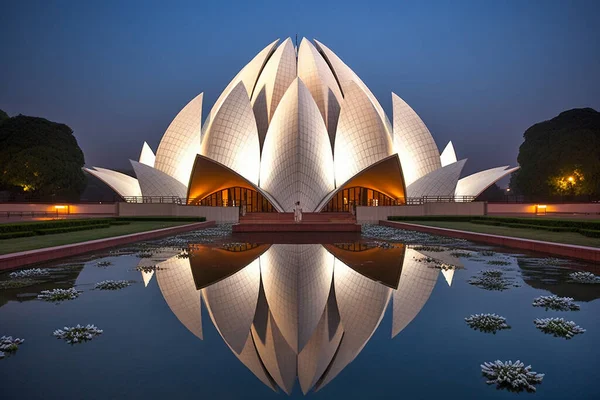
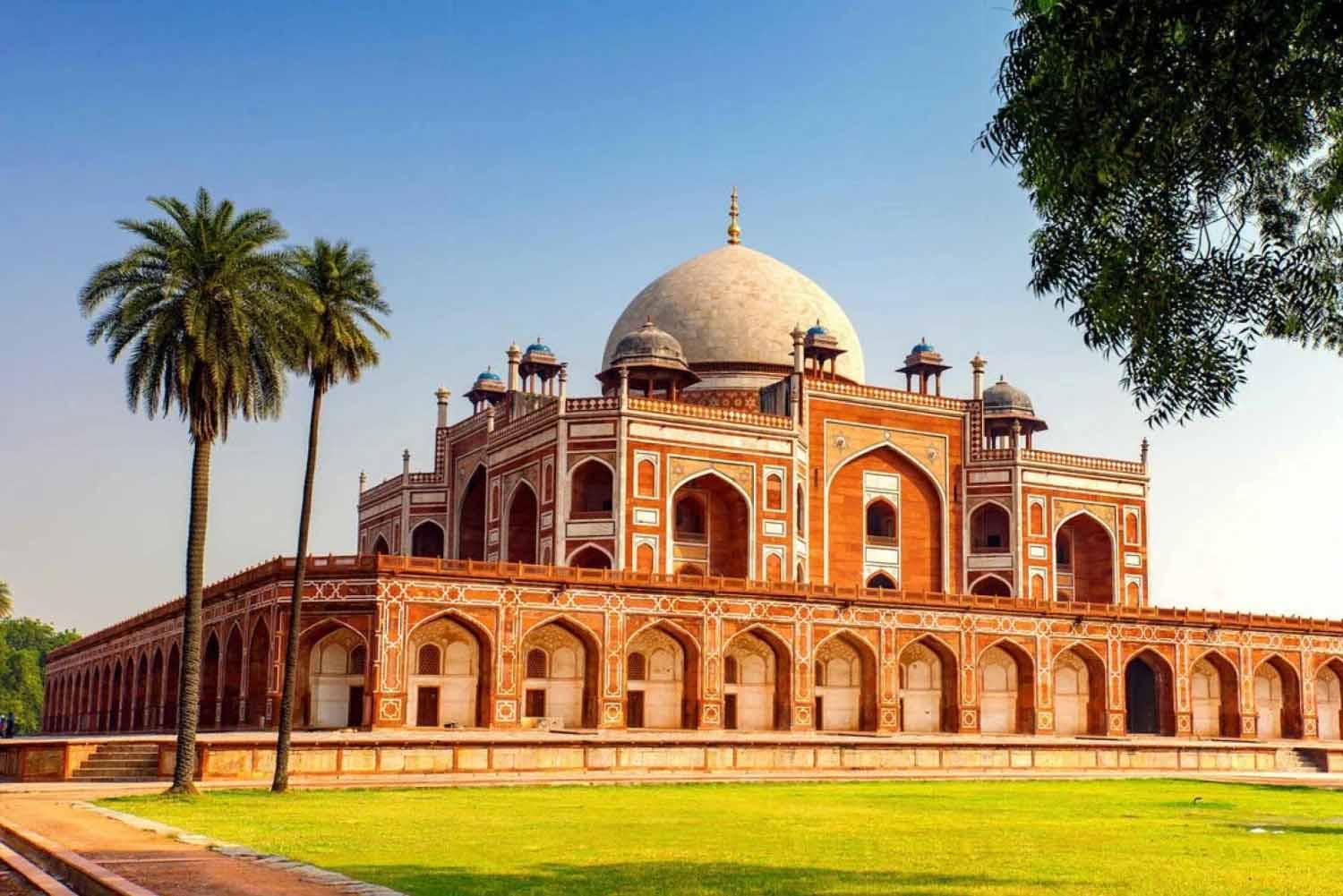
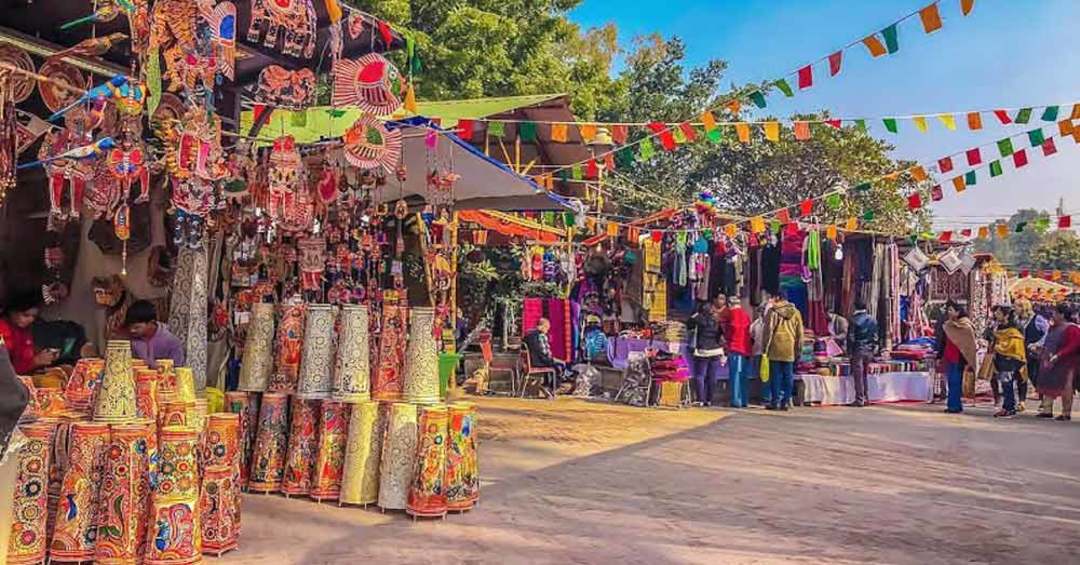
Shopping
Delhi is a shopaholic’s paradise, offering a wide array of markets catering to every taste and budget. Chandni Chowk’s bustling bazaars is known for its street food, textiles, jewellery, and traditional Indian goods. Connaught Place has high-end boutiques, eat at trendy restaurants, and enjoy the colonial-era architecture. Dilli Haat is a traditional rural market setting with handicrafts, textiles, and cuisines from various Indian states. It is a unique bazaar, in the heart of the city, it displays the richness of Indian culture on a permanent basis. At Khan market you can visit renowned bookstores like Bahrisons Booksellers and Full Circle for an extensive collection of books across various genres.
Eating
From aromatic street food stalls serving spicy chaat and savoury kebabs to elegant fine dining restaurants offering a fusion of traditional and contemporary Indian cuisine, Delhi is a gastronomic paradise waiting to be explored.
Step into the narrow lanes of Chandni Chowk to experience the flavours of Old Delhi, where you can indulge in delectable parathas, rich butter chicken, and melt-in-your-mouth jalebis. For those craving a taste of Mughlai cuisine, head to Karim’s or Moti Mahal, where succulent kebabs and fragrant biryanis await. Delhi’s culinary landscape also boasts a diverse range of international fare, with trendy cafes, chic bistros, and gourmet eateries serving up everything from authentic Italian pasta to Japanese sushi. For a truly immersive dining experience, visit the city’s bustling food markets like Khan Market and Hauz Khas Village, where you can sample dishes from around the world amidst a lively atmosphere.
Whether you’re a street food aficionado, a connoisseur of fine dining, or an adventurous foodie seeking new flavours, Delhi’s eclectic dining scene promises to delight and satisfy your taste buds at every turn.
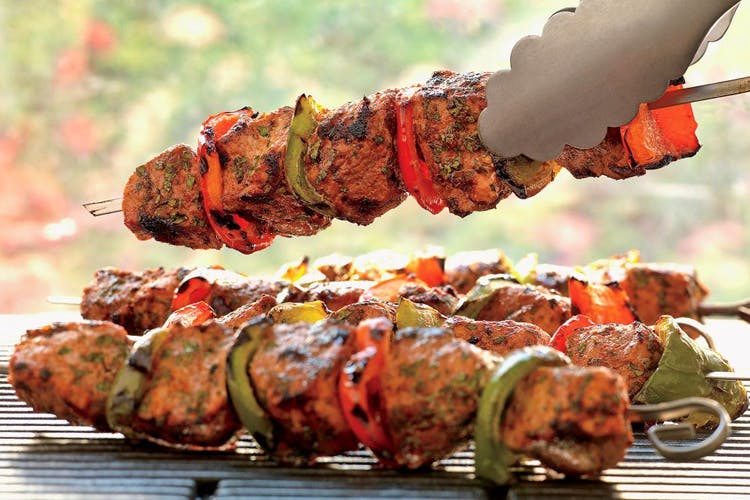
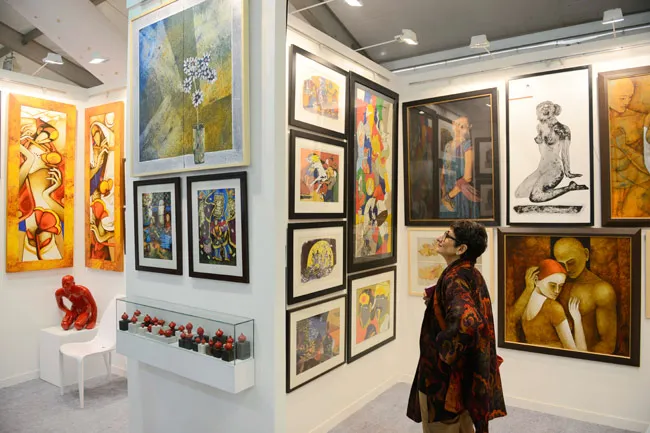
Art gallery and museums
Delhi’s vibrant art galleries and museums offer a captivating journey through India’s rich cultural heritage. From ancient artefacts to contemporary masterpieces, these institutions showcase the country’s artistic evolution. Explore the National Museum for a glimpse into India’s past, the National Gallery of Modern Art for modern Indian art, and the Kiran Nadar Museum of Art for cutting-edge contemporary works. Additionally, delve into history, science, and technology at various specialised museums. Whether you’re an art enthusiast or a curious traveler, Delhi’s cultural landscape promises to inspire and educate.
Best time to visit
The best time to visit Delhi is from October to March, when the weather is pleasant, ranging from 10°C to 25°C (50°F to 77°F). This period offers an ideal climate for sightseeing and outdoor activities, allowing you to explore iconic landmarks like the Red Fort, India Gate, and Qutub Minar comfortably. Experience Delhi’s vibrant cultural scene during major festivals such as Diwali and Holi, adding a unique festive flair to your visit. The city’s gardens and parks are also in full bloom, providing a picturesque setting for nature enthusiasts.
Summer in Delhi, from April to June, brings warm and sunny days, with temperatures often reaching above 40°C (104°F). Despite the heat, this season offers a unique charm, with the city bathed in golden sunlight. Early mornings and late evenings are perfect for exploring iconic landmarks. Enjoy the city’s rich cultural scene by visiting air-conditioned museums like the National Museum and art galleries. Cool off in Delhi’s stylish malls, vibrant markets, and cozy cafes, where you can experience the city’s culinary delights. With the right preparations, summer in Delhi can be a vibrant and enjoyable experience.
Monsoon in Delhi, from July to September, transforms the city with refreshing rains and lush greenery. The temperatures cool down, ranging from 25°C to 35°C (77°F to 95°F), providing a welcome respite from the summer heat. While the occasional heavy downpours can lead to waterlogging and traffic delays, the monsoon season also brings a unique charm to the city.




